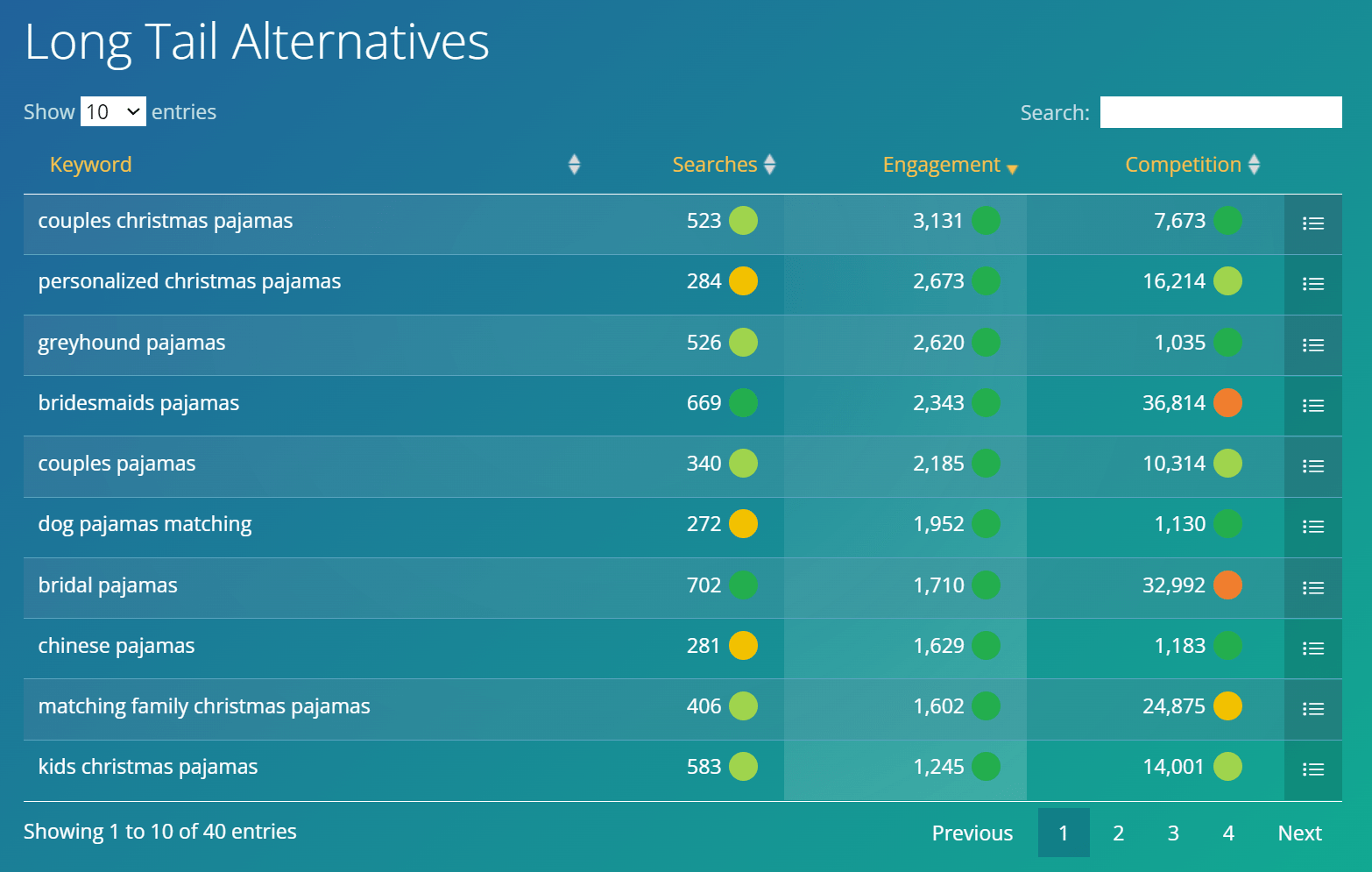Are you a seller on Etsy looking to gain a competitive edge in the marketplace? One key strategy to optimize your listings and increase visibility is by choosing the right long-tail keywords. In this article, we will explore the importance of using effective keywords on the Etsy platform and provide you with valuable tips on how to choose the right ones. By implementing these techniques, you’ll be able to attract more potential buyers and stand out among the sea of products. So, let’s delve into the world of long-tail keywords and discover how they can elevate your Etsy business to new heights.
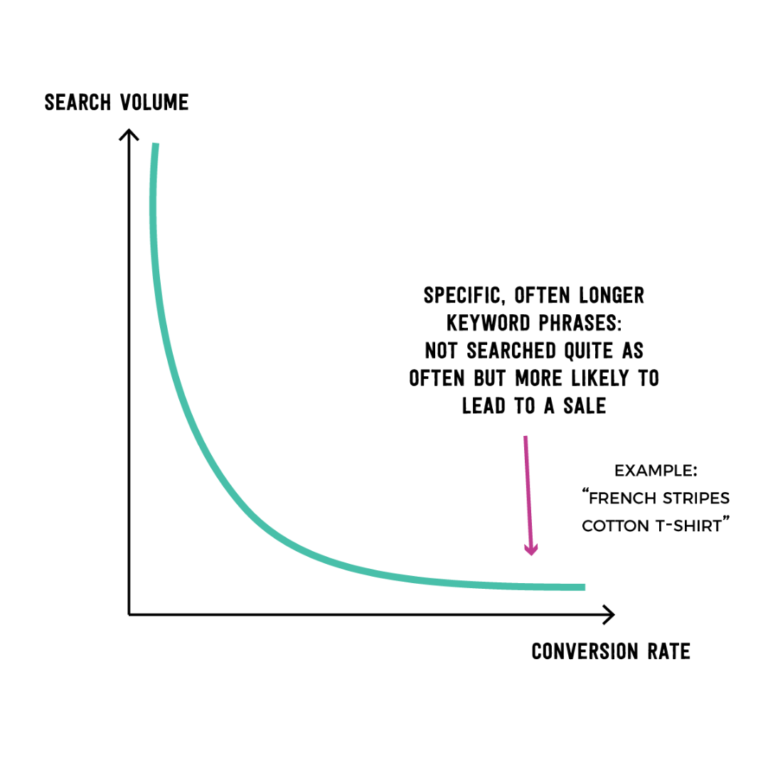
Understanding Long-tail Keywords
Long-tail keywords are specific and highly targeted keyword phrases that are typically longer in length and more specific in nature. Unlike generic or broad keywords, long-tail keywords are more focused, allowing you to narrow down your audience and attract highly interested and relevant customers to your Etsy listings. For example, instead of using a generic keyword like “jewelry,” a long-tail keyword could be “handmade sterling silver necklace with birthstone pendant.”
Why are long-tail keywords important on Etsy?
Long-tail keywords are particularly important on Etsy due to the nature of the platform. Etsy is a vast marketplace with millions of products, and standing out amongst the competition can be challenging. By using long-tail keywords in your listings, you can target specific niches and cater to the specific needs and interests of potential buyers. This can help you attract more qualified traffic and increase your chances of making sales.
Benefits of using long-tail keywords on Etsy
There are several benefits to using long-tail keywords on Etsy. Firstly, they can improve the visibility of your listings in search results. Since long-tail keywords are more specific and less competitive, they have a higher chance of ranking higher in Etsy’s search algorithm. This means that when a potential customer searches for a specific item, your listing is more likely to appear.
Secondly, long-tail keywords can help drive targeted traffic to your listings. By using highly specific keywords, you can attract potential buyers who are actively looking for the exact product or service you offer. This increases the chances of converting those visitors into customers.
Lastly, long-tail keywords can help improve the quality of your leads. By targeting specific niches and using more specific keywords, you are more likely to attract customers who have a genuine interest in your product. This can result in higher conversion rates and a better return on investment.
Relevance and Search Volume Analysis
Importance of relevance in long-tail keywords When choosing long-tail keywords, relevance is crucial. Your keywords should accurately describe your product or service and align with what potential customers are searching for. By ensuring that your keywords are relevant, you increase the chances of appearing in relevant search results and attracting qualified traffic to your Etsy listings.
Identifying high search volume keywords While long-tail keywords are known for having lower search volumes compared to broad keywords, it’s still important to identify long-tail keywords with a reasonable search volume. This ensures that there is enough potential traffic to make it worthwhile to target those keywords. Keyword research tools, such as Google Keyword Planner and Etsy-specific tools like Marmalead, can help you identify long-tail keywords with decent search volumes.
Using keyword research tools for Etsy Keyword research tools can be a valuable resource when determining the search volume and competitiveness of your chosen long-tail keywords. These tools provide insights into the popularity of certain keywords, their competition level, and other relevant data that can inform your keyword strategy on Etsy. By utilizing these tools, you can make more informed decisions about which long-tail keywords to target for maximum visibility and conversion potential.
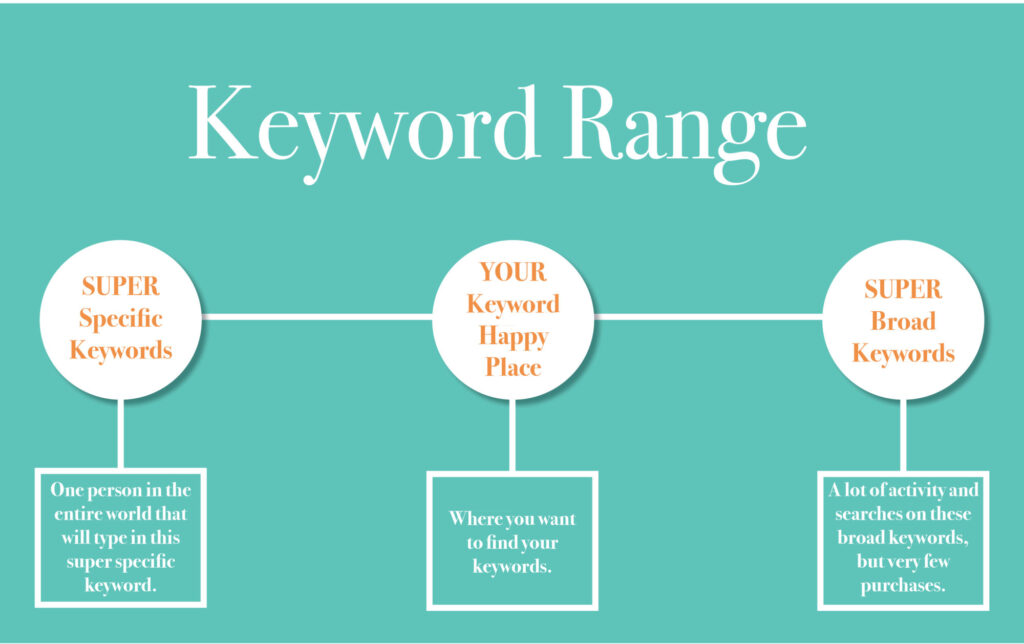
Competitor Analysis
Analyzing competitor listings Analyzing competitor listings can provide valuable insights into what keywords your competitors are using and how successful their listings are. By examining the keywords and descriptions of successful competitors in your niche, you can gain inspiration and ideas for your own keyword strategy.
Identifying competitor long-tail keywords During your competitor analysis, pay close attention to the long-tail keywords that your competitors are using. These keywords can give you an idea of what potential customers are searching for and what keywords are effective in your niche. Look for patterns and common themes in your competitor’s listings to help you refine and optimize your own keywords.
Differentiating your keywords from competitors While competitor analysis is essential for understanding the market and gaining insights, it’s important to differentiate your keywords from your competitors. Use the information you gather from analyzing competitor listings as a starting point, but aim to find unique long-tail keywords that set your listings apart. This will help you stand out and attract a more targeted audience.
Targeting Specific Audiences
Understanding your target customers To effectively target specific audiences with long-tail keywords, you first need to understand who your target customers are. Consider their demographics, preferences, interests, and the specific problem or need your product solves. This deeper understanding will allow you to create more relevant and compelling long-tail keywords.
Using buyer personas to refine long-tail keywords Creating buyer personas can be a helpful exercise in refining your long-tail keywords. Buyer personas are fictional representations of your ideal customers, based on real data and market research. By creating detailed buyer personas, you can better understand the language and keywords that resonate with your target audience, enabling you to create more effective listings on Etsy.
Tailoring keywords for specific Etsy categories Etsy has various categories and subcategories, and it’s important to tailor your keywords accordingly. Different categories may have different search behavior and customer expectations. Take the time to research the keywords that are commonly used within your chosen category and optimize your listings accordingly. This will help you attract the right customers and increase your chances of success on Etsy.
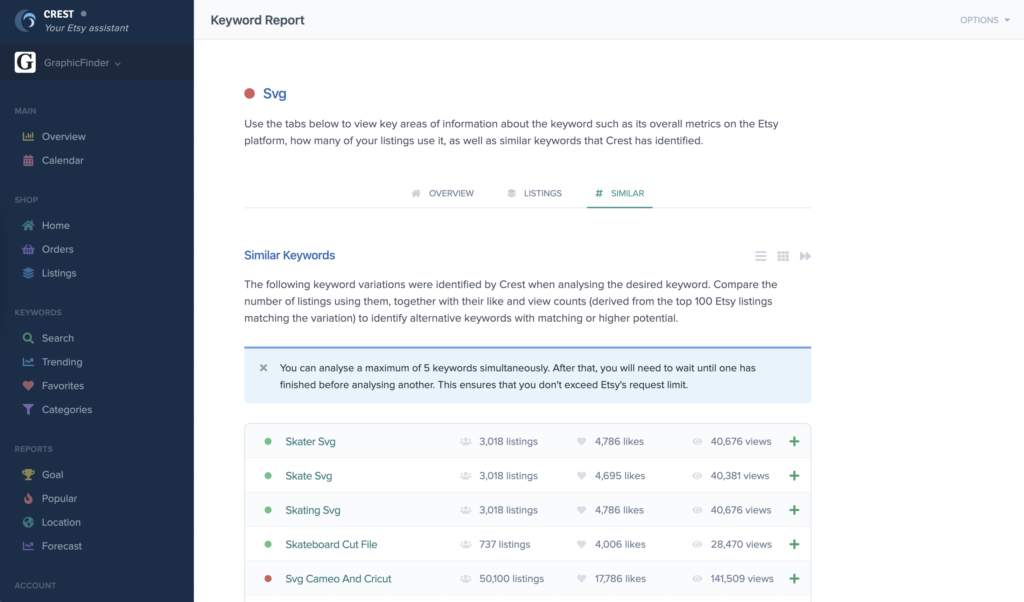
Utilizing Etsy’s Autocomplete Feature
What is Etsy autocomplete? Etsy’s autocomplete feature is a tool that suggests search terms to users as they type into the search bar. These suggestions are based on popular searches made by other Etsy users. By leveraging this feature, you can get insights into what keywords are commonly used by Etsy customers and tailor your long-tail keywords accordingly.
Benefits of using Etsy autocomplete for keyword selection Using Etsy autocomplete for keyword selection offers several benefits. Firstly, it provides you with real-time data on what potential customers are searching for on Etsy. This helps you stay up to date with the latest trends and adapt your keyword strategy accordingly.
Secondly, Etsy autocomplete can inspire new long-tail keyword ideas. By paying attention to the suggested search terms, you can discover relevant keywords that you may not have thought of initially. This can help you expand your keyword list and reach a wider audience.
Strategies for finding long-tail keywords with autocomplete To find long-tail keywords using Etsy’s autocomplete, start by typing in relevant keywords related to your product or niche. Take note of the suggested search terms that appear and consider incorporating them into your keyword strategy. Additionally, pay attention to the order in which the suggestions appear, as this can indicate the popularity and relevance of certain keywords.
Analyzing Etsy’s Search Results
Analyzing search results for your target keywords Once you have identified your target keywords, it’s important to analyze the search results on Etsy for those keywords. Look at the top-ranking listings and note the keywords they are using in their titles, tags, and descriptions. This can give you insights into what Etsy’s algorithm considers relevant for your chosen keywords.
Refining keywords based on search results Based on your analysis of the search results, you may need to refine your keywords to better align with the top-ranking listings. Look for patterns in the keywords used by successful listings and consider incorporating those keywords into your own strategy. This can help improve your chances of ranking higher in Etsy’s search results.
Identifying opportunities for ranking in Etsy search Analyzing Etsy’s search results can also help you identify opportunities for ranking. Look for gaps in the market or less competitive keywords where your listings can stand out. By targeting these opportunities, you can improve your visibility and attract more potential buyers.
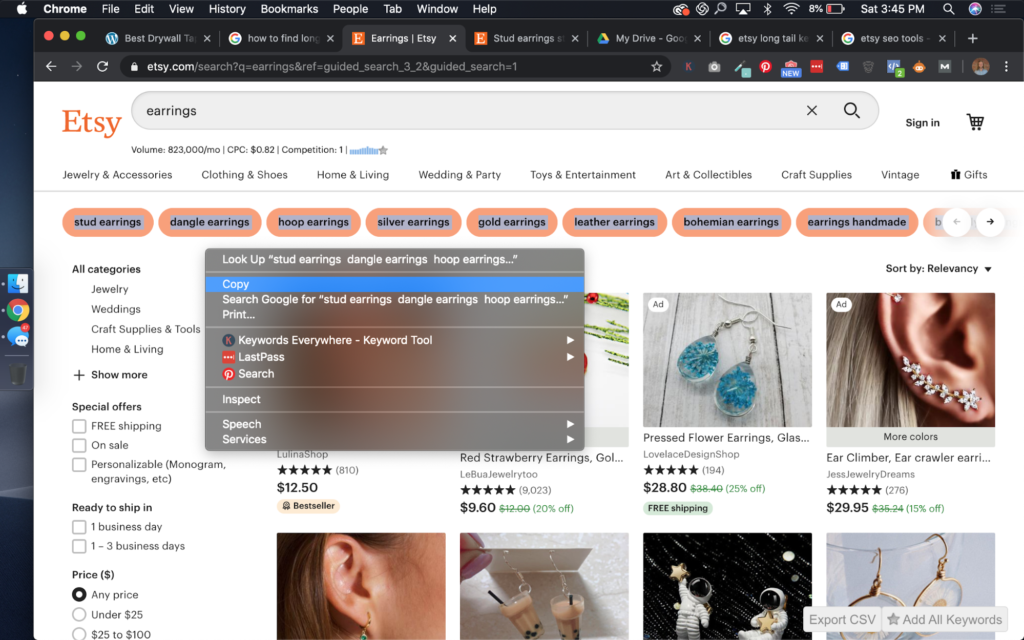
Utilizing Long-tail Keywords in Title and Tags
Optimizing your listing title with long-tail keywords Your listing title is a crucial element for both Etsy’s search algorithm and potential customers. Include your most important long-tail keywords in the title to improve your chances of ranking higher in search results. However, make sure the title still sounds natural and appealing to customers, as readability is important for attracting clicks.
Including long-tail keywords in your tags Tags are another important element for Etsy’s search algorithm. Include relevant long-tail keywords in your tags to further optimize your listings. Use a mix of broad and specific tags to cover a range of potential search terms. This will increase your chances of appearing in relevant search results and attracting the right audience.
Balancing keyword density and relevance When using long-tail keywords in your title and tags, it’s important to strike a balance between keyword density and relevance. While it’s important to include relevant keywords, be careful not to overstuff your title and tags with too many keywords. This can make your listing appear spammy and potentially harm its visibility. Aim for a natural and balanced use of keywords that accurately represent your product.
Long-tail Keywords in Product Descriptions
Writing compelling product descriptions Product descriptions are an opportunity to showcase the unique qualities of your product and entice potential buyers. Write compelling and informative descriptions that highlight the benefits and features of your product. Use storytelling and persuasive language to create an emotional connection with your potential customers.
Incorporating long-tail keywords naturally When incorporating long-tail keywords into your product descriptions, it’s important to do so naturally. Avoid keyword stuffing or using keywords in a way that disrupts the flow and readability of your description. Instead, aim to incorporate keywords in a way that feels seamless and adds value to the overall description.
Formatting and structuring descriptions for SEO To optimize your product descriptions for SEO, consider formatting and structuring them properly. Use headings, bullet points, and paragraphs to break up the text and make it more scannable. This not only improves the readability for customers but also makes it easier for search engines to understand the content of your listings.
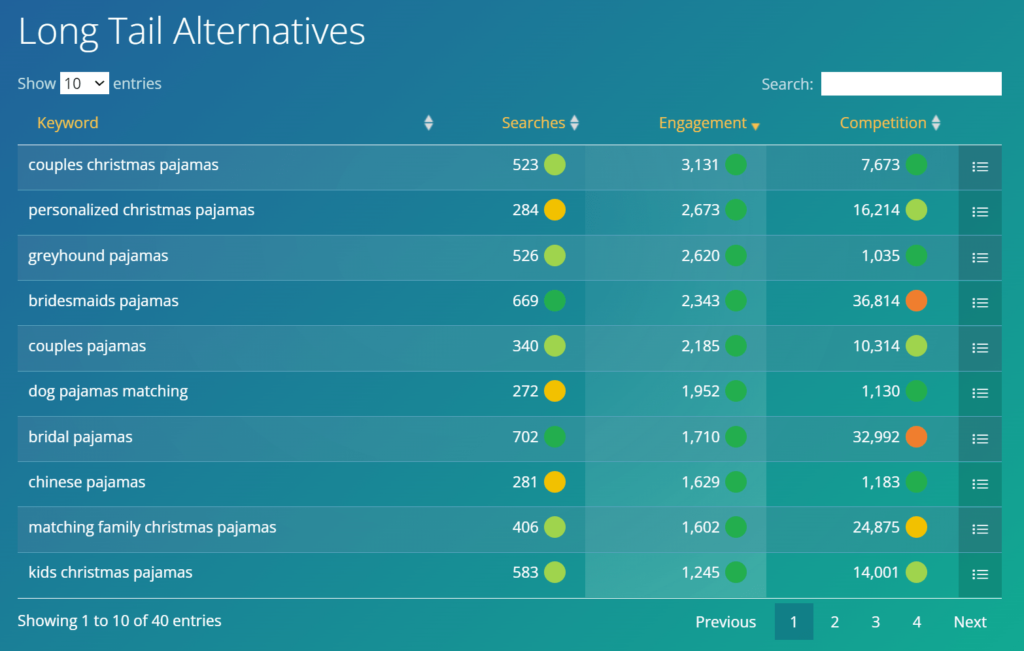
Testing and Monitoring Keyword Performance
Monitoring keyword performance with analytics Monitoring the performance of your keywords is essential for understanding what is working and what needs improvement. Utilize analytics tools provided by Etsy or external platforms to track important metrics like views, visits, and conversion rates. This data can help identify which keywords are driving the most traffic and conversions, allowing you to focus your efforts accordingly.
Using A/B testing for keyword optimization To optimize your keywords further, consider conducting A/B tests. Create multiple listings with variations of your title, tags, and descriptions, each targeting different long-tail keywords. Monitor the performance of these variations and compare the results. This will help you determine which keywords are most effective in attracting your target audience and generating sales.
Adjusting keywords based on performance data Based on the data collected from monitoring and A/B testing, make adjustments to your keyword strategy as needed. Identify keywords that are performing well and incorporate them into your optimized listings. Conversely, if certain keywords are not driving the desired results, consider replacing them with alternatives or refining your targeting.
Staying Updated with Etsy’s Algorithm Changes
Understanding Etsy’s search algorithm Etsy’s search algorithm is constantly evolving to provide the best possible search results to its users. By understanding how the algorithm works, you can adapt your keyword strategy to align with its preferences. Stay up to date with Etsy’s documentation and announcements regarding algorithm changes to ensure that your listings remain optimized.
Keeping up with algorithm updates Etsy occasionally updates its search algorithm to improve the user experience and search results. Stay informed about these updates by following Etsy’s seller resources, community forums, and official announcements. This will help you stay ahead of the curve and make necessary adjustments to your keyword strategy.
Adapting keyword strategy to algorithm changes When Etsy’s algorithm changes, it may impact how certain keywords perform and rank in search results. As a seller, it’s important to adapt your keyword strategy accordingly. Monitor the performance of your listings and make adjustments as needed to maintain visibility and relevance in Etsy’s evolving search landscape.
By understanding the power of long-tail keywords, conducting thorough research, and embracing the opportunities provided by Etsy’s features and algorithm, you can enhance the visibility and success of your listings on Etsy. Choose the right long-tail keywords strategically, tailor your listings to specific audiences, and constantly monitor and optimize your keyword performance for continued growth and success on the platform.
